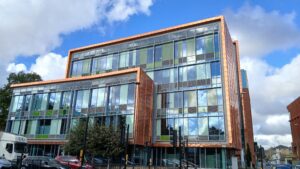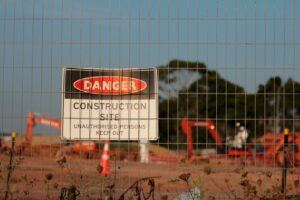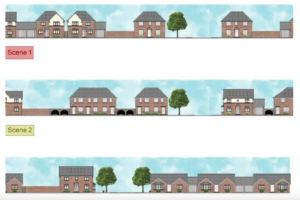Liverpool’s Upper Central regeneration plans unveiled
 More details of a new 56-acre urban area in Liverpool called Upper Central have been unveiled.
More details of a new 56-acre urban area in Liverpool called Upper Central have been unveiled.
Running from Central Station to Liverpool Science Park and Lime Street to Bold Street, Upper Central is seen as key to the future development of the city’s blossoming Knowledge Quarter (KQ Liverpool), becoming a ‘magnet’ for the digital, tech and creative sectors.
Liverpool City Council says the £2bn project has the potential to create 2.5million sq ft of new development space and add an estimated 7,000 jobs to the city over the next decade.
A Spatial Regeneration Framework is expected to be approved by planners at the city council on Friday (June 5) before it goes out to public consultation.
Liverpool City Council, which recently acquired Central Station shopping centre and is overseeing public realm proposals for St George’s Plateau, as part of the £45m city centre connectivity scheme, has also set out an ambition to redevelop the Mount Pleasant Car Park area to create an international standard gateway for the KQ Liverpool Mayoral Development Zone which currently employs 7% of the city’s workforce.
Mayor of Liverpool Joe Anderson, said: ‘Upper Central is vital to this city’s economic future and such is the scale of its potential it will be a huge employer for generations to come.
‘This gateway project is now the final piece in the jigsaw to connect the site to the rest of the city centre and complete the wider regeneration of Lime Street, Mount Pleasant and Brownlow Hill.
‘Its impact cannot be underestimated and I’m sure this draft SRF report will create a much needed debate about how we ensure the future growth of this hugely important area.’
Developing the Spatial Regeneration Framework are Avison Young, K2 Architects and Planit-IE.
Peter Swift, managing Director of Planit-IE, said: ‘The Upper Central project enables the connection between the city core, Knowledge Quarter and the communities beyond to happen in a focussed and imaginative way.
‘Through a network of repurposed streets and new public spaces, this key city district will further reinforce the gateway to the city and its ambitions for future growth.’















